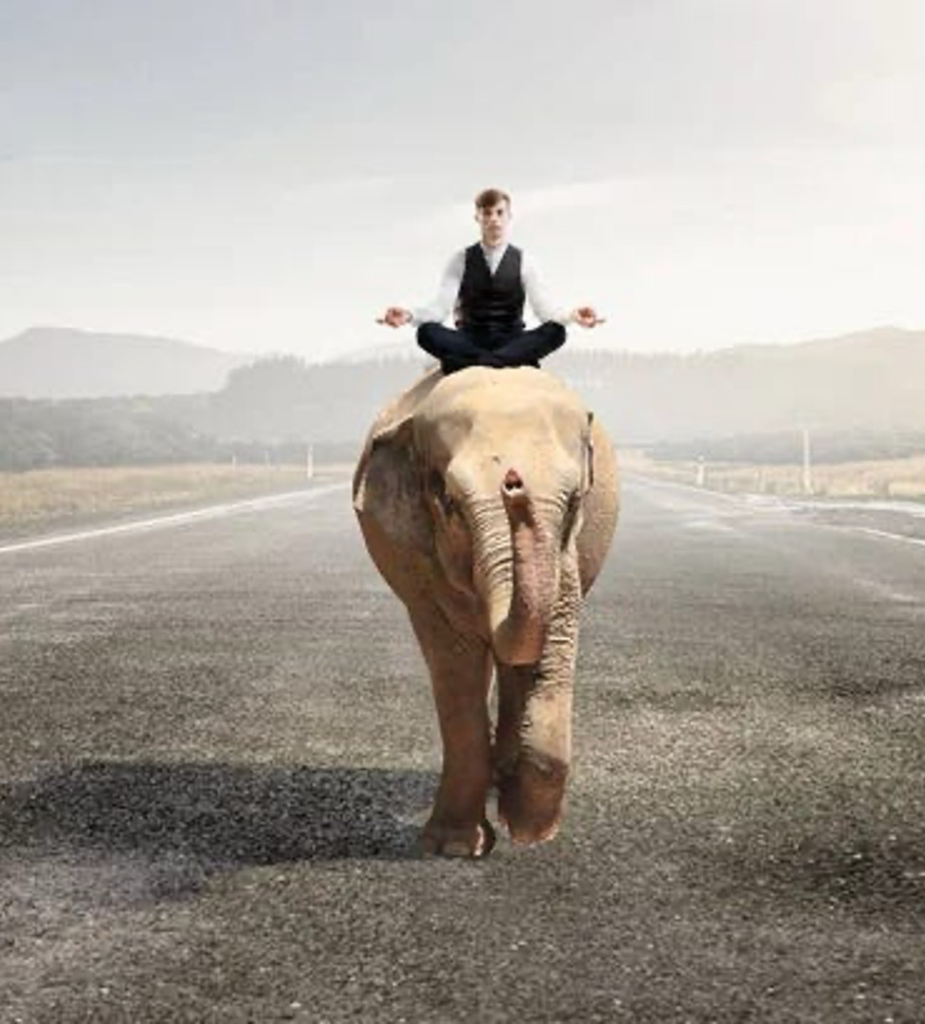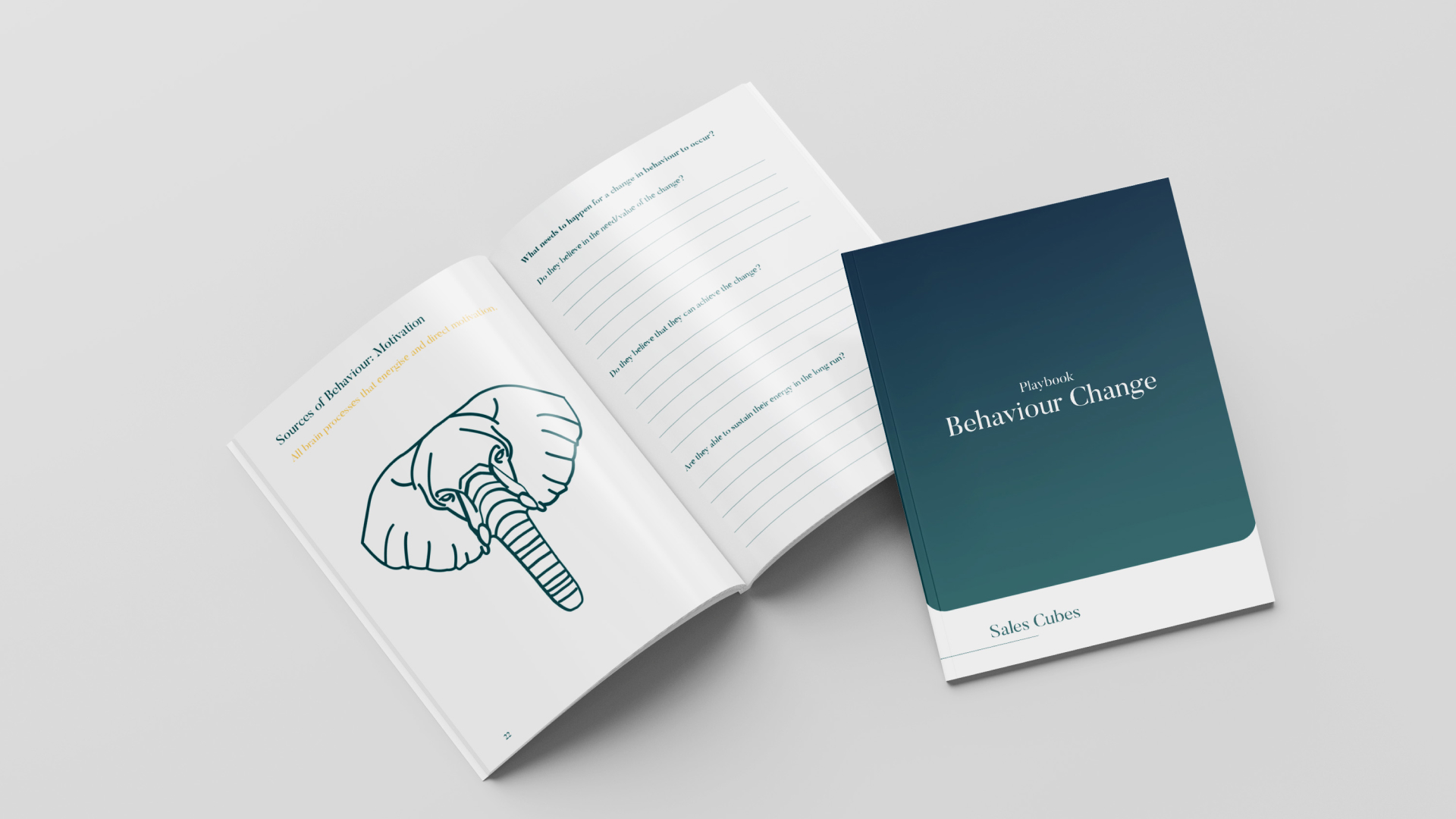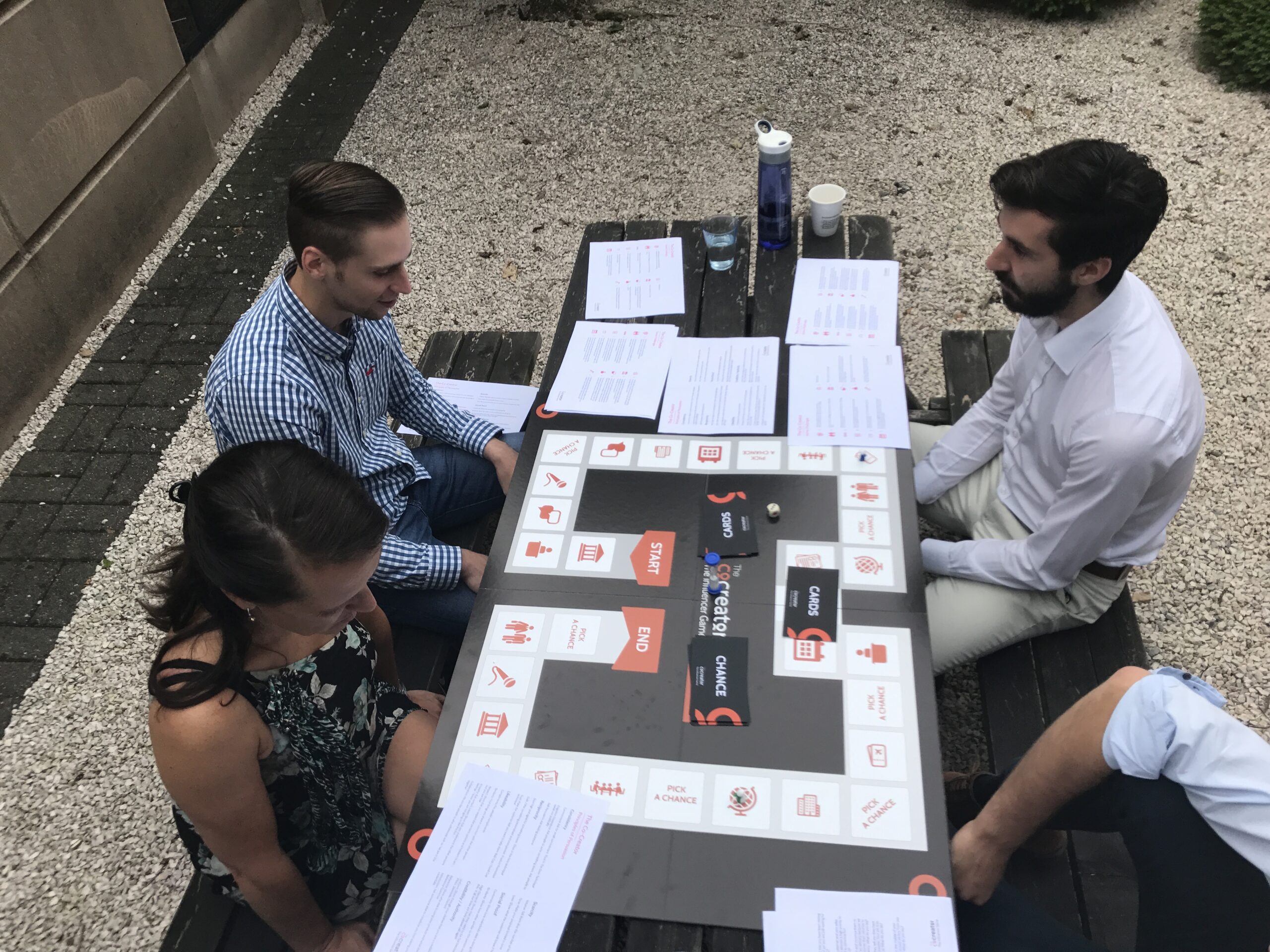What is it?
Jonathan Haidt, in “The Happiness Hypothesis” introduces the Elephant and Rider analogy to depict the struggle between emotion (the Elephant) and reason (the Rider). This metaphor highlights how our emotional self often overpowers our rational mind. Chip Heath and his brother Dan Heath, in “Switch: How to Change Things When Change is Hard,” expand this analogy with the ‘Path,’ representing the external environment and its influence on behaviour, akin to how an elephant follows the easiest route.

Useful for:
This metaphor is particularly effective in understanding why people behave the way they do. In change management, especially in sales, it’s common for individuals to rationally understand and agree with a concept but still resist changing their behaviour. This metaphor simplifies the complex interplay of human behaviour and relates to the drivers of behaviour as described in the Behavioural Change Wheel.
Application:
The three main drivers for behaviour are:
-
- Lack of Motivation (The Elephant): Emotional resistance to change.
-
- Lack of Capability (The Rider): Rational challenges in adapting to change.
-
- Lack of Opportunity (The Path): External factors hindering change.
This metaphor aids in dissecting these drivers to facilitate desired behavioural changes.
Process:
Step 1: Motivation / The Elephant
Focus on the emotional aspects driving motivation:
-
- Assess belief in the need/value of change. During the assessment ask yourself the following question: Do they believe in the need/value of the change? Listen for cues like: ‘I fully support the strategy but this does not apply to my customers.‘
-
- Evaluate confidence in achieving change. During the assessment ask yourself the following question: Do they believe that they can achieve the change? Listen for cues like: ‘My customers would not go for that. That is not going to work for me.’
-
- Consider the sustainability of effort and discipline. During the assessment ask yourself the following question: Are they able to sustain their energy in the long run? Listen for cues like: ‘I did it a couple of times but due to lack of time I resorted back to the old way of doing things.’
Step 2: Capability / The Rider
Examine the individual’s capacity for the behaviour:
-
- Determine if they possess the necessary knowledge. During the assessment ask yourself the following question: Do they have the knowledge required to perform the desired behaviour? Listen for cues like: ‘I haven’t been trained yet.’
-
- Assess skill levels for the desired behaviour. During the assessment ask yourself the following question: Do they have the skill required to perform the desired behaviours? Listen for cues like: ‘Yes, I received the training but doing with real customers during real sales meetings is another thing.’
-
- Evaluate their mental and physical readiness. During the assessment ask yourself the following question: Do they feel mentally and physically capable of performing the desired behaviours? Listen for cues like: ‘Listen, I did not take this role to do this. This is not what I signed up for’
Step 3: Opportunity/ Path
Look at external factors influencing behaviour:
-
- Analyse if the environment supports or hinders the desired behaviour. During the assessment ask yourself the following question: Is their environment helping or restricting them to perform the desired behaviour? Listen for cues like: ‘I would love to do that but I do not have the time.’
-
- Assess the frequency of opportunities to practice new skills. During the assessment ask yourself the following question: Do they have sufficient opportunities to perform their desired behaviours? Listen for cues like: ‘That is great for certain types of customers, but I only have a few like that. Most of my customers are ….’
-
- Consider the influence of social proof and peer behaviour. During the assessment ask yourself the following question: Do they see others in their environment performing the desired behaviours? Listen for cues like: ‘Yes, but why aren’t they doing it?‘
Sources:
- J. Haidt, 2006, “The Happiness Hypothesis“, Basic Books
- C. Heath and D. Heath, 2011, Switch: How to Change Things When Change is Hard, Random House Ltd


